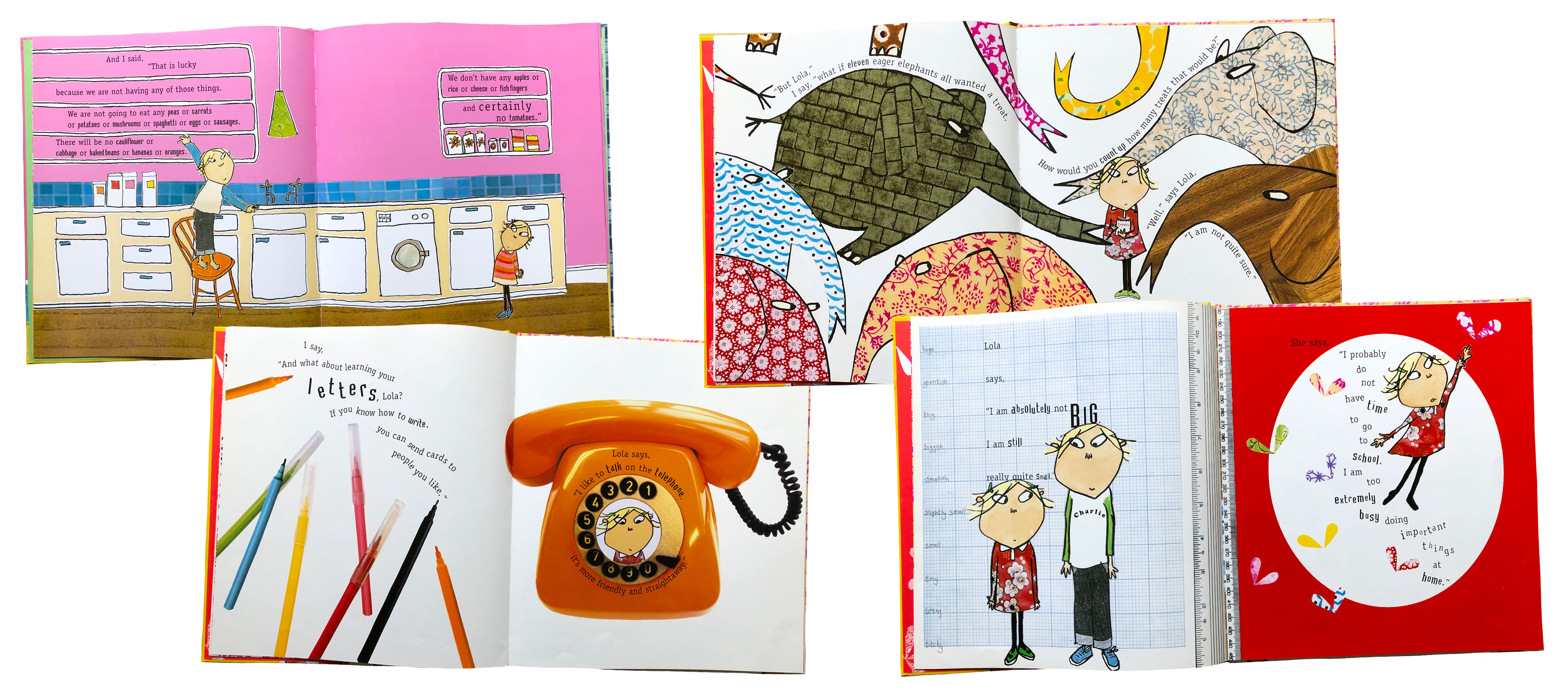Sequential Project Reflections and SWOT Analysis
From the research of artists and mood boards, I decided on an Arctic theme, looking at the effects of rising sea levels and how global warming has and will continue to affect the Inuit tribes that live in the harsh conditions. I haven't been to the Arctic or a location with similar conditions making it difficult to get primary imagery, however, I watched many documentaries such as 'Seven Worlds One Planet: Antarctica' and 'The Last Igloo' which aided my development when creating the arctic environment, making it more accurate with animal species and landscape features. With many mood boards and references, I began media testing with watercolour and coloured pencils, creating a colour scheme that would reflect the mood and atmosphere of the Arctic. I enjoyed using blue and red for the houses to contrast the icy blue used in the iceberg, sea and sky, I feel it worked very effectively, therefore, I continued to develop that into the final outcome.
 |
| Watercolour studies and Media Testing |
I think this project was my favourite so far as there were so many avenues to explore and since I hadn't had prior in-depth knowledge of the species and landscape, it was really interesting to have the opportunity to find out about it. In addition to knowledge, I feel my media-testing skills have improved as I experimented with chalk, watercolour, coloured pencil, ink before deciding on digital colouring. With this experimentation, I gained a good understanding of colour schemes and watercolour textures that helped add depth to the outcome. Overall, I was really pleased with how it turned out as I hadn't done a fully digital piece before so those skills will benefit me in future projects.
 |
| Arctic Triptych |
SWOT Analysis
Strengths-
- A good understanding of the history of triptychs, knowing their purpose allowed me to develop my ideas and use elements of storytelling, reflecting how they were used in the 1500's.
- My sketchbook told a good story, showing how artist research and their use of storytelling through illustration had influenced my progress. Lots of artist research in my sketchbook.
- Problem solving was shown through my book, showing how colouring and elements of the composition were decided through trial and error, testing colour schemes and taking logistics of living underwater into consideration.
- Illustrations were influenced by nature documentaries I'd watched, giving an insight into the harsh environment and sealife.
Weaknesses-
- After producing my final piece, I could've looked at adapting the environment for different weather conditions to see how it would alter the atmosphere and tone of the piece. Developing this idea further, I might have focused more on the effects of plastic pollution in the Arctic, seeing how rubbish would entangle the seabed and the impact on sea life- whether there'd be as many fish. This would make the triptych noticeably more impactive however I didn't want to use this forceful approach. The ice-cap melting can be seen as the story progresses and the colony relocates underwater.
Opportunities-
- Produced work for my portfolio, everything was done to a professional level and the final piece was presented and mounted well.
Could be used on a future Illustration instagram to document my progree, or marketed to environmental campaigns, National Geographic?
Threats-
- With an longer timeframe, I couldve explored such avenues mentioned in the weaknesses section, showing how weather and environmental pollution would have an effect on the environment.



Comments
Post a Comment